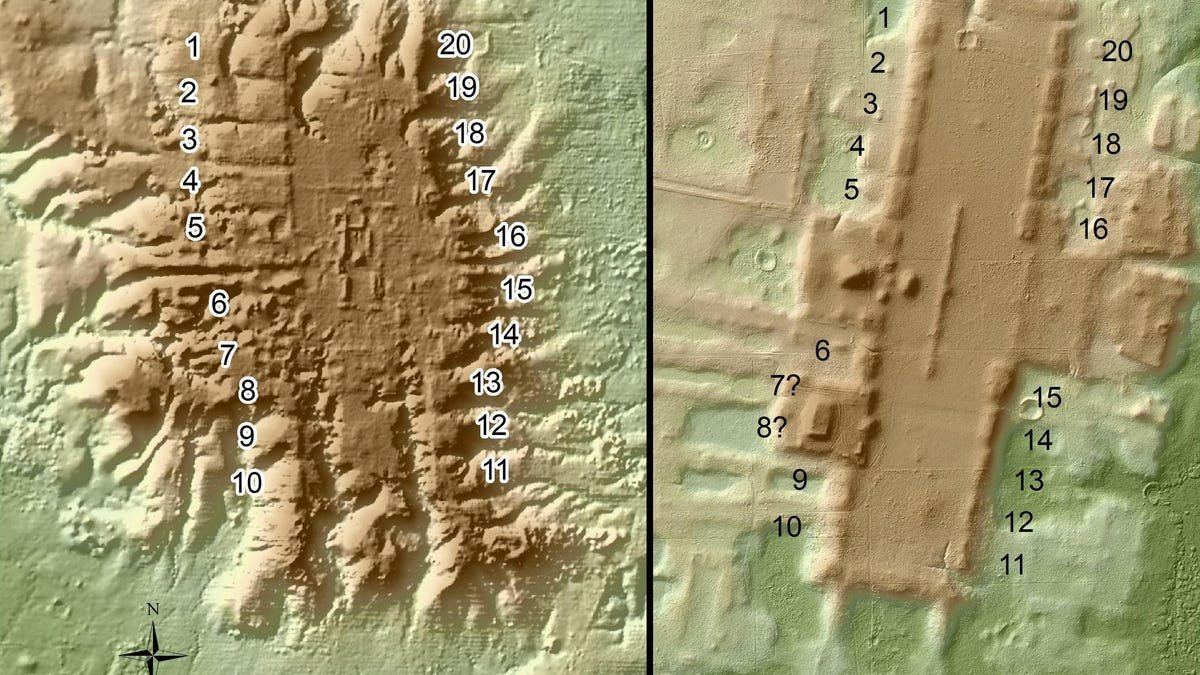Over the past few years, the number of electronic signals floating in the air has increased throughout the world. One of the very common signals emitted by current electronic devices is Wi-Fi, usually used to send cordless data between computers and other devices. With the number of wi-fi signals using 2.4 gigahertz radio frequency, researchers have sought ways to utilize these signals for other purposes.
A research team from the National University of Singapore and Tohoku University in Japan has developed technology that displays small smart devices known as spin-torque oscillators to harvest and change the frequency of wireless radio into energy capable of turning on small electronics. Researchers can succeed in harvesting energy using the Wi-Fi ribbon signal to power the LED without a battery without a battery.
The researchers about the project said the Wi-Fi signal surrounded us, but when it was not used to access the internet, they were not active and caused significant waste. The results of the study show that hardware can be produced which can change 2.4 gigahertz radio waves into green electricity sources. Changing the radio wave becomes electricity can reduce battery requirements to power the small gadget and sensor.
This technology can be a big boost for the Internet of Things and help encourage the progress of smart homes and cities. Spin-torque oscillator is a class of devices that appear that can produce microwave ovens with applications in the wireless communication system. Usually devices are blocked due to low output power and wide linewidth. The researchers noted that spin-torque oscillators have spatial limits. To overcome the limitations of spatial and low frequencies, the team appears with an array of eight spin-torque oscillators connected in the series.
With an array, 2.4 gigahertz electromagnetic waves emitted by a Wi-Fi device can be converted into a direct voltage signal transmitted to the capacitor to illuminate the 1.6 volt LED. When the capacitor is charged at least five seconds, it can turn on the LED for a minute after the wireless power is cut off. The next step for this technology is to improve energy harvesting capabilities, and the team is looking for ways to increase the number of rotation torque oscillators in the array.



